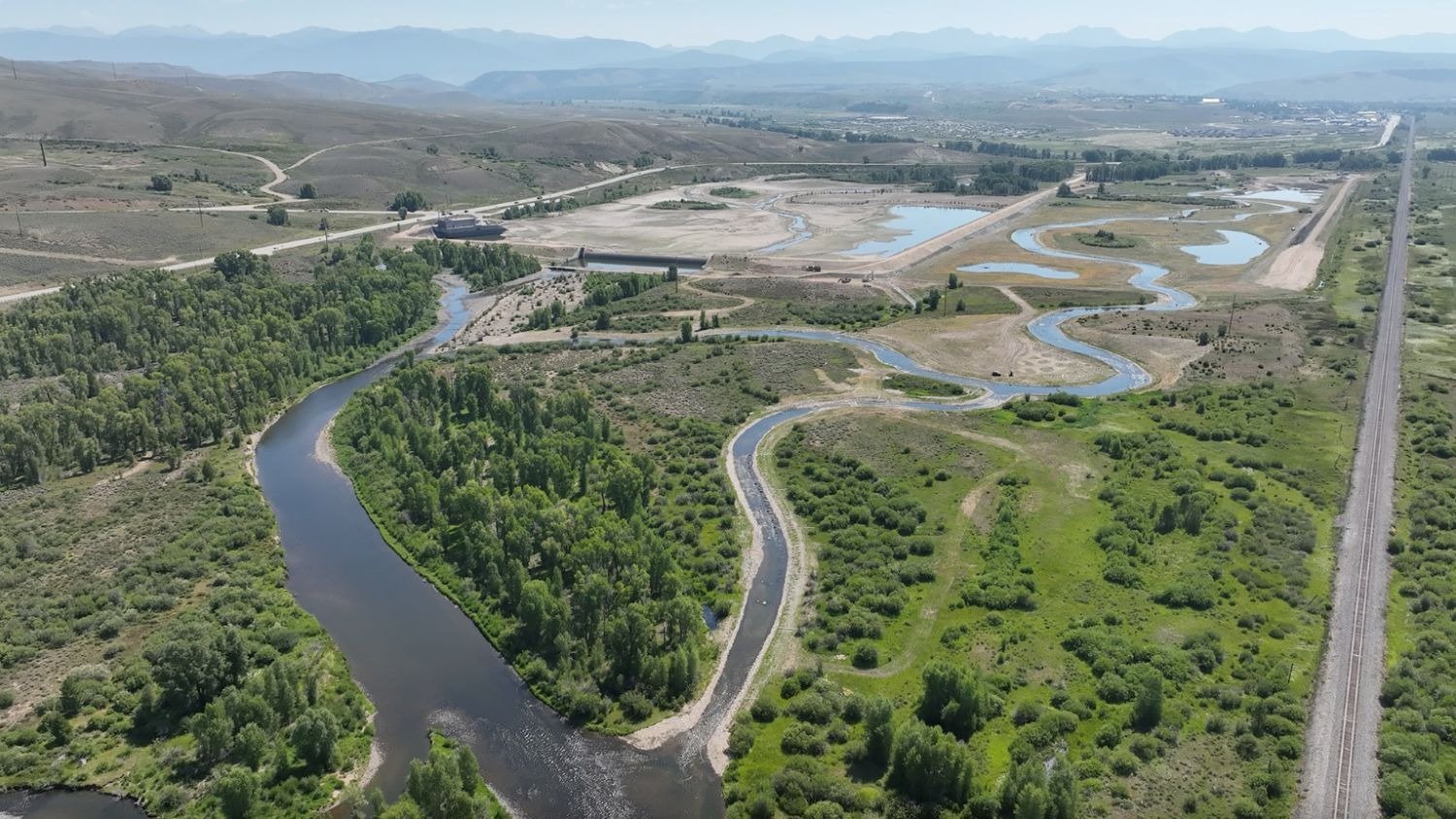TU Report Shows Risks of Speculative Leasing for Oil & Gas - Take Action!
In collaboration with the National Wildlife Federation and Rocky Mountain Wild, Trout Unlimited has released a new report highlighting the Bureau of Land Management’s wasteful and detrimental practice of selling oil and gas leases on land with little or no potential for oil development.
Known as speculative leasing, this process not only diverts agency resources and taxpayer dollars away from other public lands priorities, but it also prevents these lands from being adequately managed for the more valuable resources they offer – important coldwater fish and wildlife habitat.
The new report identifies the following issues with the way the BLM administers these leases and urges Director Tracy Stone-Manning to update the agency’s leasing practices.
Imbalanced priorities on millions of acres
From 2012 to 2020, the Bureau of Land Management (BLM) leased five million acres – roughly the twice the size of Yellowstone and Grand Teton National Parks combined – that had little potential for energy development but overlapped valuable fish and wildlife habitat. Specifically, since 2012:
55 percent of federal oil and gas leases were on lands with little to no potential for oil and gas development
60 percent of leases on public lands with limited potential were sold for the minimum bid of $2 per acre
66 percent of leases on lands with little to no development potential were sold non-competitively
Critical habitat and tourism destinations at-risk
Currently, 5.1 million acres of greater sage grouse habitat, 1.8 million acres of sensitive big game habitat, and more than 1 million acres of native trout watersheds are tied up in federal oil and gas leases on lands with limited development potential. What’s equally concerning is the number of popular destinations across the West impacted by these leases. These include Colorado’s own North Park, with its Gold-Medal quality fisheries and high-value wildlife habitats (see map below).
You can help
With growing pressure on fish and wildlife habitat throughout Colorado and nationwide, we must do better. Please take a moment to encourage BLM and Director Tracy Stone-Manning to revise regulations governing public lands oil and gas leasing and development, to better balance responsible energy development with the conservation of our cherished public lands, waters, and wildlife.












